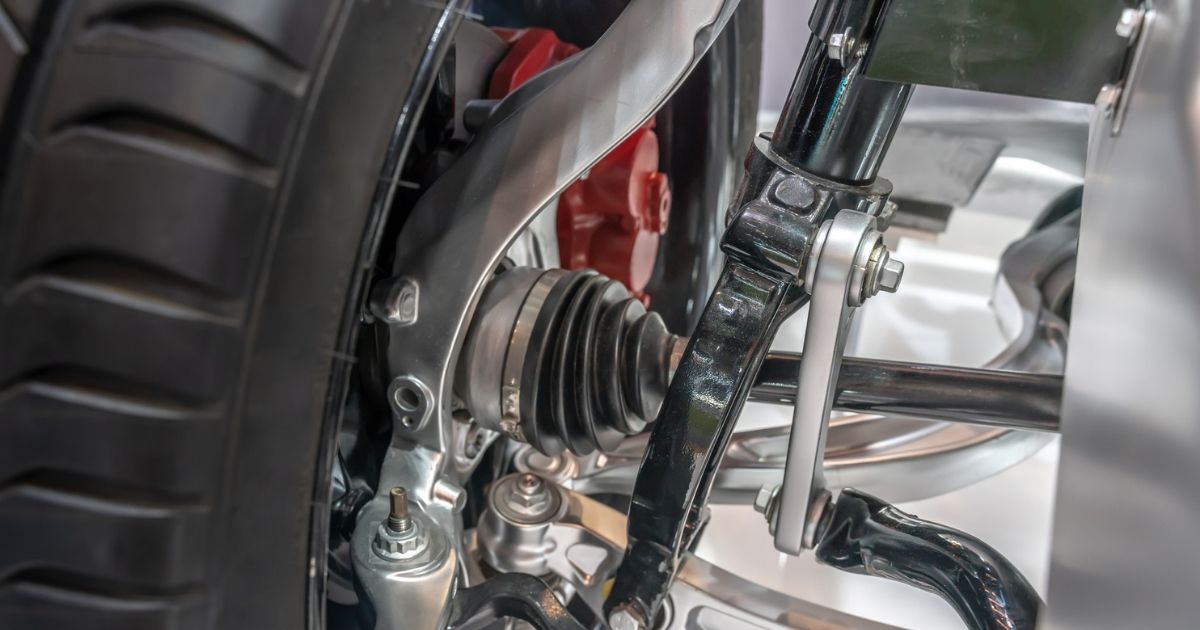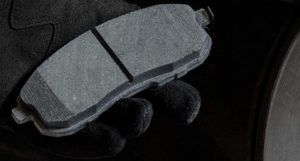When you replace any suspension or steering part, some issues may arise. Replacing your tie rods is one of the things that’s likely to cause problems.
In my case, I have experienced a shaking steering wheel after a garage visit to replace my tie rods.
While getting my problem fixed, I found out that tie rod replacement can lead to a host of issues that I’ve covered below. Your car might be experiencing one of the following problems without you knowing.
1. Toe angle problems
One of the first problems you will encounter after a tie rod replacement is misalignment on the toe angle.
The common cause for a problematic toe angle is installing tie rods with mismatching lengths.
Toe adjustment only on one side is the other reason for toe angle problems.
Driving with an off toe angle can cause suspension damage and a bump steer if not fixed early enough.
2. Unsteady steering wheel
Another problem you may encounter after replacing your tie road is an unsteady steering wheel, especially when driving on a smooth flat surface.
Since the tie rod is responsible for steering a badly installed one so if it was not well installed or had issues, the steering wheel will be affected. You can test if your steering wheel is balanced by driving straight on a smooth pavement; if the steering wheel tugs to the left or right, you have an alignment problem. You will also feel like you do not have full control of the steering wheel, reducing your response time when turning.
3. Vibrating steering wheel
The tire rod replacement was supposed to fix the vibrating steering wheel, but if the issue persists after the change, you should get the new tie rod changed. A vibrating steering wheel may not seem that alarming, but it is usually an early sign that something is faulty in your steering system.
4. Uneven tire wear
You may notice that your wheels wear out faster or wear out unevenly after a tie rod replacement. When you look at the wear pattern on your tires’ treads, you will notice that the wear is not even. Typically, the vehicle’s weight is spread across all wheels equally when the components of the suspension and steering systems lock correctly. You should recheck your tie rod replacement as uneven tire wear will affect your driving ability and the vehicle’s balance as well.
5. Squealing noise from the tires
When tires are wearing out unevenly, they make a squealing sound that gets louder when accelerating or turning. This noise may not be noticeable soon after a tie rod replacement, but the squealing gets louder as the tires worsen over time.
6. Increased fuel intake
If you are very keen, you may notice high gas mileage after replacing your tie rod. This problem happens if the tie rod replacement was not efficient. Your misaligned wheels will have increased resistance with the road leading to more fuel consumption.
One common question that many car owners ask is; do I need an alignment after a tie rod replacement, and can a tie rod affect alignment? Yes, and yes. Your vehicle’s tie rod is almost synonymous with a wheel alignment. And it is usually a very critical step after a tie rod replacement. Wheel alignment is mandatory after replacing any suspension or steering components. The tie rods control the steering angles, and if they have just been tampered with, the wheel angles have likely changed.
A wheel alignment will fix the toe angles back to the car’s specifications. Forgetting to do a wheel alignment after a tie rod replacement will lead to all the problems explained above and maybe even more expensive repairs. Subsequently, a faulty tie rod will affect your alignment and steering abilities. A wheel alignment will make your wheels last longer and give you a smoother drive. You also get to save on fuel consumption and frequent wheel changes.
Sloppy steering after tie rod replacement
What causes the steering wheel to feel sloppy after replacing inner tie rods?
The inner tie rod connects to the steering assembly, so a problem with the inner road replacement will lead to a loss of ability to steer the wheel. Below are some of the reasons behind a wobbly steering wheel after inner tie rod replacement.
If the joint that connects the inner tie rod and the outer tie rod was not adjusted properly, it could cause the steering wheel to feel sloppy after a replacement.
Another reason could be that you did not replace a worn-out tie rod end. If you replaced your tie rod due to wear, the tie rod end was also likely to wear out too, as they have the same lifespan. A worn-out tie rod end has excess free play, which causes the front wheels to lose their alignment. So driving with a new tie rod with a defective tie rod end will still cause an unsteady steering wheel and degrade the new inner tie rod quickly.
Worn-out ball joints could be a reason for a sloppy steering wheel. The ball joints are part of the suspension system; they support the vehicle’s weight and allow proper steering. Though the ball joints work independently from the tie rods, your steering ability also gets affected if the ball joints fail.
A torn tie rod boot can damage your new tie rod end and cause steering problems. Water and other contaminants damage the tie rod end, causing excessive play, which leads to a shaky or vibrating steering wheel. So you also have to replace the protective boot with the tie rod because, once the protective boot degrades, the tie rod end won’t last long.
If your inner tie rod replacement is okay, a wobbly steering wheel could be a sign of failing wheel bearings. Wheel bearings allow friction-free movement and wheel rotation, so if the wheel bearings become defective, it causes looseness in the steering wheel.
Damaged brake rotors and braking pads can cause the steering wheel to feel shaky. If the brake rotors wear out or warp, you will feel some vibration on the steering wheel when slowing down or braking.
Bad braking pads can cause a wobbly steering wheel. The front brake system connects to the steering wheel through a series of steering systems. So if the brake rotor is in good condition, the next most likely culprit has worn out braking pads.
Tips to remember when replacing your tie rod
These tips are essential to remember when replacing your tie rod to reduce the risk of premature tie rod failure.
After replacing your tie rod, always perform a wheel assignment. If you did the replacement yourself, have the alignment done at a reputable auto shop. If you have a mechanic replacing the tie rod, always confirm that the alignment is done and ask for a report. Most times, the mechanics charge the alignment separate from the tie rod replacement.
Tie rods do not have a universal design. What fits in one car may not work in yours. When buying a replacement tie rod, always make sure it is compatible with the old one or always go for a manufacturer’s recommendation.
When replacing the tie rod yourself, always confirm with your user manual on the proper torque values to use. The incorrect torque will lead to premature tie rod failure.
Apply lubrication oil such as WD40 on the nuts and other joints to minimize friction.
If you’re experiencing problems after a tie rod replacement, it indicates premature tie rod failure. You will experience a loose steering wheel and the effects of poor wheel alignment, which can also lead to an accident if you do not address the issue early. These problems tend to arise from poor or lack of wheel alignment after tie rod replacement, low-quality replacement parts, or the wrong tie rod for your car.
Conclusion
Put simply from the article; your car can’t steer without tie rods. And in the case that you develop problems after a tie rod replacement, it is imperative to do a diagnosis and repairs as soon as possible. Be on the lookout for any of the signs listed above and respond accordingly to avoid any further problems and repairs.


